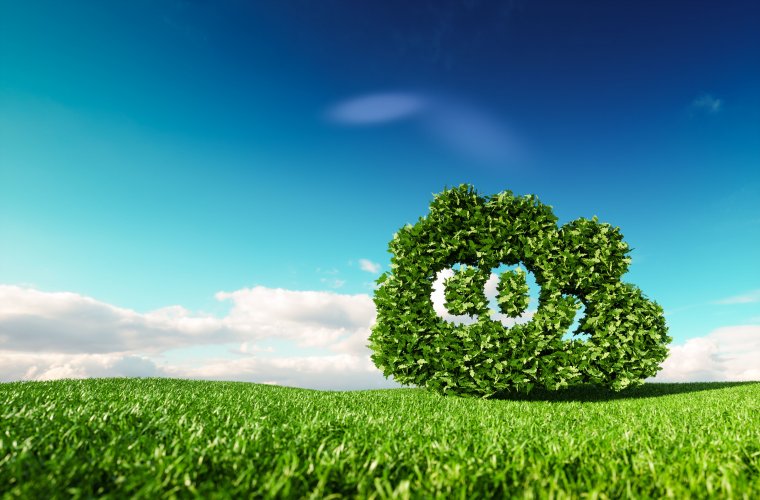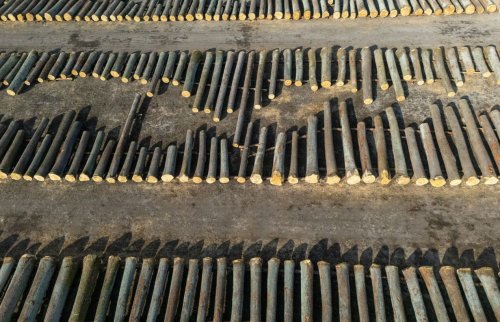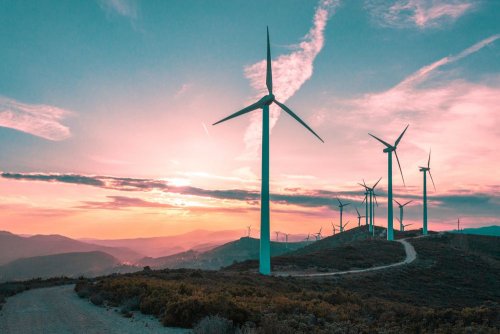The China National Accreditation Service for Conformity Assessment (CNAS) has received approval for its application to expand the Asia-Pacific Accreditation Cooperation (APAC) to include a multilateral agreement on the recognition of ISO 14064-1 and ISO 14064-2.
This was reported by Cheng Yulin, editor of SteelHome, a leading independent website on the Chinese steel market, on LinkedIn.
He emphasized that this event marks China's deeper alignment with international greenhouse gas emissions management standards and gives new impetus to low-carbon development.
What is ISO 14064?
The ISO 14064 series is a globally recognized greenhouse gas emissions management system for quantification, monitoring, reporting, validation and verification. Its standards are widely used as a key benchmark for emissions reductions.
Its main parts are:
- ISO 14064-1: establishes principles and requirements for the quantification and reporting of greenhouse gas emissions and removals at the organization level;
- ISO 14064-2: addresses projects to reduce or remove emissions, providing validation/verification of such projects;
- ISO 14064-3: describes the requirements for validation and verification of greenhouse gas claims.
This system is the basis for the development of carbon offset projects, internal emissions trading systems, and decarbonization strategies.
Why it matters
The APAC approval confirms that Chinese certification bodies can provide internationally recognized emissions verification. This is critical for:
- participation in international carbon markets;
- attracting foreign investors to green projects;
- avoiding technical barriers to green trade.
Cheng Yulin believes that the adoption of these standards will increase China's credibility in carbon management and promote regional cooperation and knowledge sharing on emission reduction strategies.
The expert is confident that the China Certification and Accreditation Administration (CNCA) will make full use of certification, accreditation and testing to
- strengthening the green competitiveness of Chinese enterprises;
- provide technical support to help them achieve their carbon neutrality goals;
- help companies overcome green trade barriers (e.g., CBAM in the EU).
As EcoPolitic reported in February, last year China began construction of the largest coal-fired power plant capacity in 10 years.





